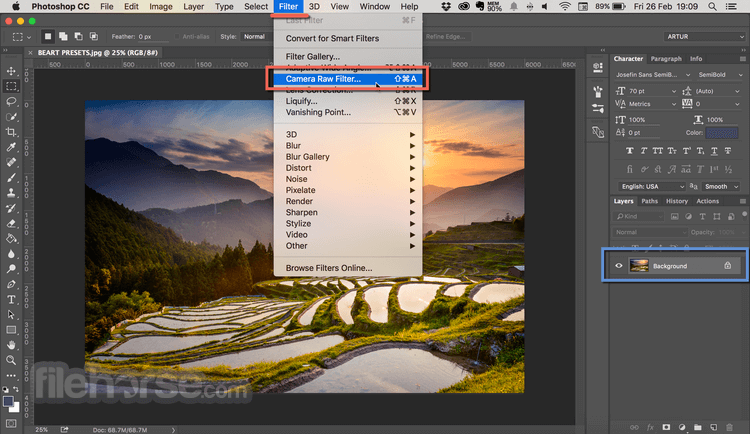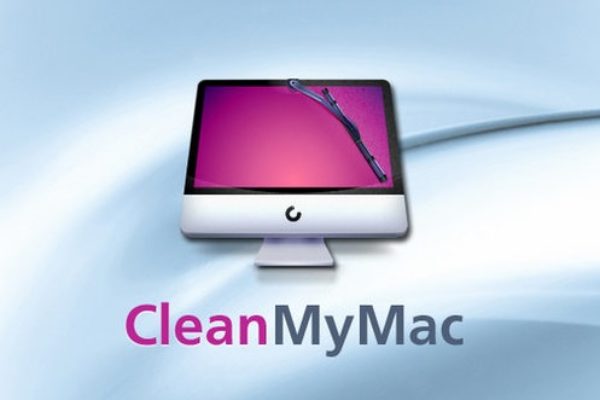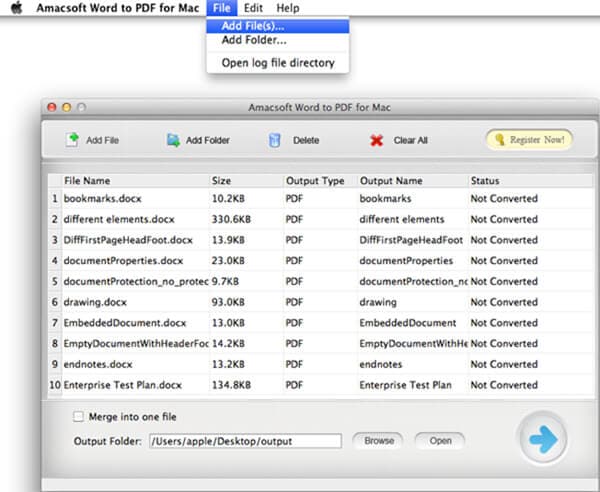Download os x 10.9.5 dng converter for free. Design & Photo downloads - Adobe DNG Converter by Adobe Systems Inc. And many more programs are available for instant and free download. The Adobe DNG Converter enables you to easily convert camera-specific raw files from supported cameras to a more universal DNG raw file. Another benefit of using the DNG Converter is backward compatibility.
- Adobe Dng Converter App
- Adobe Dng Converter Update
- Adobe Dng Converter 9.8
- Adobe Raw Dng Converter
- Adobe Dng Converter Download
The Adobe DNG Converter enables you to easily convert camera-specific raw files from supported cameras to a more universal DNG raw file. Another benefit of using the DNG Converter is backward compatibility.
- Open the downloaded file and double-click the DNG Converter executable file. Follow the onscreen instructions. The DNG Converter is now available in your Programs (Windows) or Applications (Mac) directory. The installation utility is designed to also install a set of color profiles required for the DNG Converter to function properly.
- Download Adobe DNG Converter 10.2 for Mac free standalone latest offline setup. Adobe DNG Converter 10.2 is a reliable application for converting camera RAW image files to DNG (Digital Negatives). Adobe DNG Converter 10.2 for Mac Review. DNG is a standard format for achieving RAW photos from digital cameras.
- Adobe DNG Converter 13.1 is available to all software users as a free download for Windows 10 PCs but also without a hitch on Windows 7 and Windows 8. Compatibility with this RAW photo converter software may vary, but will generally run fine under Microsoft Windows 10, Windows 8, Windows 8.1, Windows 7, Windows Vista and Windows XP on either a.
Opomba:
Adobe provides backwards compatibility for the latest cameras for use in older versions of Photoshop, Lightroom, Bridge, After Effects, and Photoshop Elements through the DNG Converter.
For conceptual information about raw files and the DNG format, and to understand why you should convert your files to DNG, see the Appendix.
Windows:Adobe DNG Converter
Mac OS:Adobe DNG Converter
- Open the downloaded file and double-click the DNG Converter executable file.
- Follow the onscreen instructions.
The DNG Converter is now available in your Programs (Windows) or Applications (Mac) directory. The installation utility is designed to also install a set of color profiles required for the DNG Converter to function properly. These profiles are copied to a common resource location.
- Launch the DNG Converter by double-clicking its icon. Alternatively, drag and drop individual images or a folder of images directly onto the Adobe DNG Converter icon. This action automatically launches the converter.
- Select the folder of images you'd like to convert to DNG.
- Select the location where you want to save the converted DNG files.
- Select a naming pattern for the new DNG files:
Document Name: The existing name of the file is used with the DNG extension added.
Add serial numbers or letters to the name: Advanced patterns; an example of the resulting name appears after Name Example. - Specify the following additional settings for the DNG file names:
Begin numbering: Enter the starting serial number if you'd like it to be different from 1.
File Extension: The file extension is automatically set to DNG. You can choose the extension to be either uppercase or lowercase. - If necessary, change the compatibility preferences.
- Click Convert. A dialog box showing the status of the conversion appears.
Adobe Dng Converter App

Adobe Dng Converter Update
To change compatibility preferences, follow these steps:
- In the Preferences section of the DNG Converter dialog box, click Change Preferences.
- Choose one of the following options:
Camera Raw 2.4 and later: The DNG file will be readable by Camera Raw 2.4 (Photoshop CS) and later, and Lightroom 1.0 and later
Camera Raw 4.1 and later: The DNG file will be readable by Camera Raw 4.1 (Photoshop CS3) and later, and Lightroom 1.1 and later. The DNG file will often be readable by earlier versions, depending on the camera model.
Camera Raw 4.6 and later: The DNG file will be readable by Camera Raw 4.6 (Photoshop CS3) and later, and Lightroom 2.1 and later. The DNG file will often be readable by earlier versions, depending on the camera model.
Camera Raw 5.4 and later: The DNG file will be readable by Camera Raw 5.4 (Photoshop CS4) and later, and Lightroom 2.4 and later. The DNG file will often be readable by earlier versions, depending on the camera model.
Camera Raw 6.6 and later: The DNG file will be readable by Camera Raw 6.6 (Photoshop CS5) and later, and Lightroom 3.6 and later. The DNG file will often be readable by earlier versions, depending on the camera model.
Camera Raw 7.1 and later: The DNG file will be readable by Camera Raw 7.1 (Photoshop CS6) and later, and Lightroom 4.1 and later. The DNG file will often be readable by earlier versions, depending on the camera model.
Custom:- Backward Version: DNG 1.1, DNG 1.3, or DNG 1.4 (default 1.4)
- Linear (demosaiced): The image data is stored in an interpolated ('demosaiced') format. This option is useful if a camera's particular mosaic pattern is not supported by a DNG reader. The default mosaic format maximizes the extent of data preserved. Mosaic image data can be converted to linear data, but the reverse is not possible.
- Uncompressed: No compression is applied to the raw image data.
Video | The advantages of the DNG file format
A raw file contains the 'raw' data captured by the digital camera sensor before it has been converted to JPEG or TIFF formats. Cameras that create JPEG or TIFF files process (and in the case of JPEG files, compress) the sensor data. When working with raw files, the file is not compressed or processed in the camera. Instead, software gives the user complete control over the conversion settings. For example, white balance is not applied to the raw file but is stored with the file so the software can default to the originally-intended setting. Other information contained in a DNG file includes standard EXIF metadata (just like in JPEG files), date, time, camera used, and camera settings.
Raw files offer the following benefits:
- Smaller files than uncompressed TIFF
- Does not have the artifacts of compressed JPEGs
- Many key camera parameters, such as white balance, can be modified even after the image is captured
- You have complete control over conversion settings rather than letting the camera decide
- Access to 16-bit data for greater detail and fidelity
- Flexibility of converting a single file using multiple conversion settings

Digital Negative (DNG) is an openly published raw file specification that stores the 'raw' pixel data captured by the digital camera sensor before it has been converted to JPEG or TIFF formats, along with standard EXIF metadata, date, time, camera used, and camera settings. This format is freely available for other software and hardware vendors to support.
Adobe Dng Converter 9.8

Unlike most manufacturer-specific raw formats, the Digital Negative is an openly published specification that not only is supported by Adobe, but is also freely available for other software and hardware vendors to support. Consequently, it can be a safer file format to use for long-term archival purposes. Archiving your file as a digital negative eliminates worries that the raw file will no longer be readable once the camera format that created it becomes obsolete.
The Digital Negative specification allows for not only all of the pixel information stored in current raw formats, but also for all of the additional, proprietary metadata that many manufacturers include. The Adobe DNG Converter may, in some cases, ignore some of this proprietary metadata, and only include the basic information necessary for creating a high-quality image file. The original raw file, however, can also be embedded in the new DNG format to ensure that proprietary metadata from the manufacturer is not lost.
Pravna obvestila | Pravilnik o zasebnosti v spletu
Lightroom 6 has reached the end of its road, so it’s all gravel lane from here on out. The last perpetual revision, Lightroom 6.14, was released on December 19, 2017, and Adobe isn’t going to update or support it going forward. The app still works fine, however, so if you’ve chosen it over Adobe’s subscription offerings (Lightroom CC and Lightroom Classic CC), you shouldn’t see much of a difference for the time being.
Unless you buy a new camera.
If you’re shooting with a camera released after that date, Lightroom 6 won’t recognize those raw files. Camera manufacturers tweak the raw recipe for each camera model, which is why you frequently see updates to Adobe Camera Raw, Photoshop and Lightroom that add new raw formats. Since Adobe ended support for Lightroom 6 at the end of 2017, the software will no longer receive those updates.
Convert to DNG
To continue using Lightroom 6, there is an easy workaround: convert the images to Adobe’s DNG (digital negative) format, which was designed as a universal raw alternative that retains all the image information saved to the camera’s sensor, but in a file that can be opened by any application that understands DNG files. It’s an extra step, but one that lets you continue to use Lightroom 6 with new cameras. Here’s how to do it:
- Download and install the Adobe DNG Converter utility for Mac or Windows. (You can find out whether the current version supports your new camera by checking Adobe’s Camera Raw ‘supported cameras’ page; if your camera is listed, then the DNG Converter will work with it.)
- Launch the utility.
- Select the image files you want to convert in section 1. If you’re importing photos directly from a memory card, click Select Folder and choose the card.
- In section 2, choose Save in New Location and specify a destination for the DNG files, such as a temporary folder on your hard disk. (Depending on how you have Lightroom configured, it will move the final files to join the rest of your photo library when you import the DNGs.)
- Optionally, you can set a scheme to rename the incoming image files in section 3. (This really depends upon your workflow.)
- In the preferences (section 4), click the Change Preferences button and make the following changes:
• Keep Compatibility set to Camera Raw 7.1 and later.
• The Preview/Fast Load Data settings affect file size and performance. For the best response in Lightroom, set JPEG Preview to Full Size, and enable Embed Fast Load Data. To reduce the file size for each image slightly, and speed up the DNG conversion time, choose Medium Size for JPEG Preview.
• Under Compression/Image Size, leave the Use Lossy Compression setting disabled.
• Leave the Embed Original Raw File turned off. Including it significantly increases file sizes. I’d prefer to store the raw files in another location as a backup, rather than stuff them into the DNG files. And yes, I think it’s a good idea to keep those raw files for the future.
After everything is set up, click the Convert button to start the conversion process.
When the job is complete, you’ll end up with raw-quality files to import into Lightroom 6. As a bonus, the DNG files tend to be smaller than their raw counterparts (if you didn’t choose the Embed Original option).
To test, I threw 26 Fujifilm .RAF raw files totalling 830 MB at Adobe DNG Converter. When the Preview setting was set to Full Size, I ended up with a total of 543 MB of files, which took 2 minutes 6 seconds to convert. When I set the Preview setting to Medium Size, the result was 513 MB converted during just 27 seconds.
Getting Your Raw files back
If you decide that you’d prefer to embed the original raw file with DNG Converter, you can easily extract your originals at a later time, by opening the app and clicking on the Extract button at the bottom of the screen. There, you’ll get a simple dialog box with two options: the folder of DNGs to be converted, and the destination folder for placing the original raw images. Select your two folders and click on the Extract button in the box, and your original raw files will end up in that folder.
As I noted above, I prefer to keep a backup copy of the original raw file in a separate location. Embedding the original raw into the DNG file isn’t a backup, unless you back the DNG file up somewhere.

Adobe Raw Dng Converter
We anticipate that Lightroom 6, which is still available from Amazon and other retailers, will work for quite some time, barring major OS updates from Microsoft or Apple. (For more recent posts on Lightroom here at Complete Digital Photography, click this link.)
Adobe Dng Converter Download
UPDATE (August 2018): This technique also works with older versions of Photoshop Elements. Use the exact same steps for converting your raw files to DNG, and you’ll be able to open them in Adobe Camera Raw and Elements.